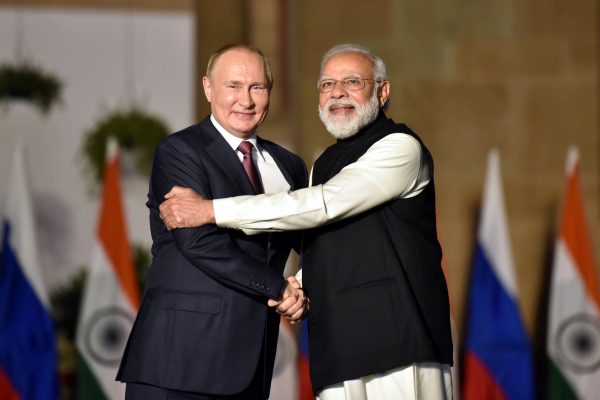
Analyzing the Underlying Political Reasons Behind the Gaza-Israel Conflict: Global Politics, Trade Routes, Regional Control, Financial Crises, and Arms Industry
The Gaza-Israel conflict, often viewed through the lens of territorial disputes and ethnic tensions, is deeply rooted in a web of historical, political, and economic factors. This research paper delves into the intricate dynamics driving the conflict, including global political maneuvers, the strategic importance of trade routes, regional power struggles, economic crises, and the influential role of the arms industry. Additionally, it examines the shifting global power landscape, particularly the declining hegemony of the United States and the rise of China, which further complicate the quest for peace. By exploring these dimensions, the paper provides a comprehensive understanding of the enduring conflict and the multifaceted challenges to achieving stability in the Middle East.












